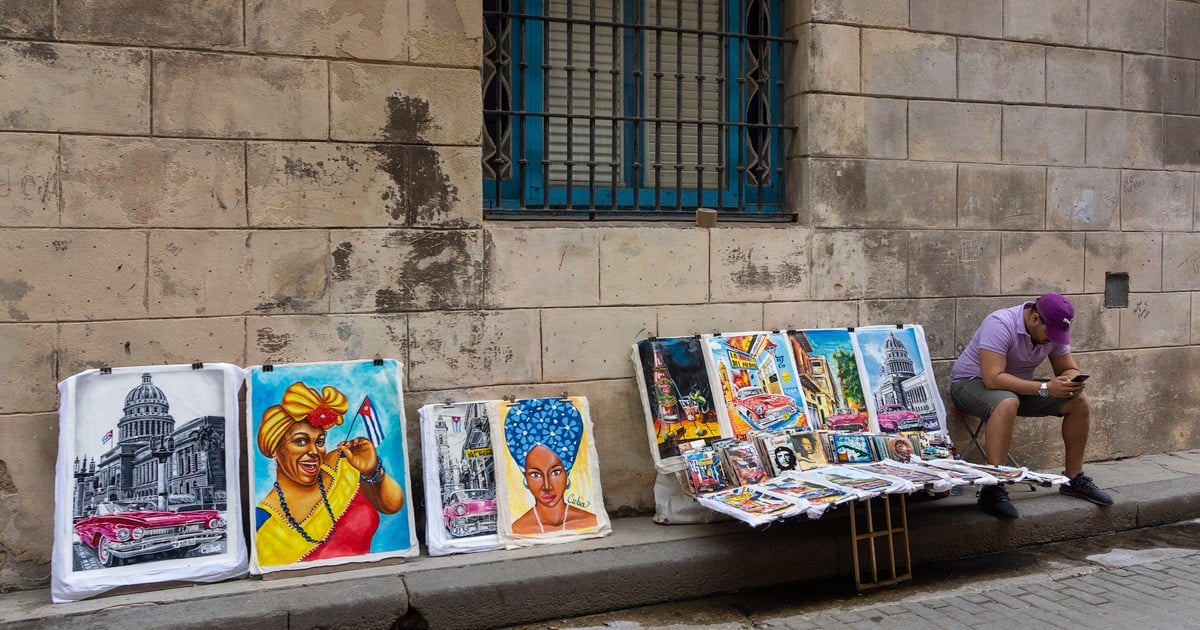The anticipated shortfall is now confirmed—Cuba will not reach its target of 3 million tourists for 2024, as confirmed by the Minister of Tourism, Juan Carlos García Granda, to Granma. Despite the regime's longstanding focus on boosting the tourism sector, recovery has been elusive since the Covid-19 pandemic. Meanwhile, Cuban state media fails to explore the reasons behind the decline in tourist arrivals, especially when neighboring competitors like the Dominican Republic have shattered records with 5 million visitors in just the first five months of this year.
It's clear that the tourism crisis in Cuba isn't due to a lack of infrastructure. The island boasts 80,000 hotel rooms, with 75% classified as four or five-star accommodations managed by 18 different chains. Additionally, 57 airlines from 32 countries continue operations, while 24 joint ventures focus on building new hotels. Among these, 15 have already completed investments and are operational, with 13 functioning under Administration and Marketing Contracts, adding up to 4,705 rooms in operation.
Outdated Sun and Beach Model
The traditional sun and beach tourism model no longer propels the Cuban economy. In response, the Minister of Tourism aims to diversify by promoting nature and adventure tourism, as well as cultural, historical, event-driven, and health tourism, while still maintaining the usual sun and beach offerings.
As is often the case in Cuba, future projections always seem more optimistic than the present. Authorities are hopeful that countries like Spain, where housing costs are skyrocketing and impacting family incomes, will become significant sources of tourists in 2025. Plans include new routes from Madrid and Barcelona to Santa Clara, running from June to September.
The regime appears to believe that events such as the massive power outage in October, which even affected hotels, might ironically spur more tourist interest. The authorities also seem unfazed by ongoing street protests, police repression, and public safety concerns, betting that these won't deter potential Caribbean vacationers.
Hurdles and New Developments
In the short term, Cayo Largo won't welcome tourists until December 4, 2024, with hopes that the upcoming peak season will provide a much-needed boost to the struggling wartime economy. Recovery efforts are also underway for the camping sites in Artemisa, damaged by Hurricane Rafael, and the Marea del Portillo hotel in Granma, closed until December 15 due to a November 10 earthquake in eastern Cuba.
For the upcoming season, the Minister of Tourism has unveiled "two new products": Resonance and Blu, from the Blue Diamond hotel chain. According to the state-run newspaper La Demajagua, Yadira Ramírez, the Director of Communications for the Ministry of Tourism, has announced the debut of Portugal's Vila Galé Hotels with a new resort in Cayo Paredón. New hotel offerings for the 2024-2025 high season include the Iberostar Selection La Habana, Hotel Sierra Cristal in Ramón de Antilla, Gran Muthu Ensenada, Starfish Guardalavaca in Holguín, and Muthu II Frente in Santiago de Cuba.
